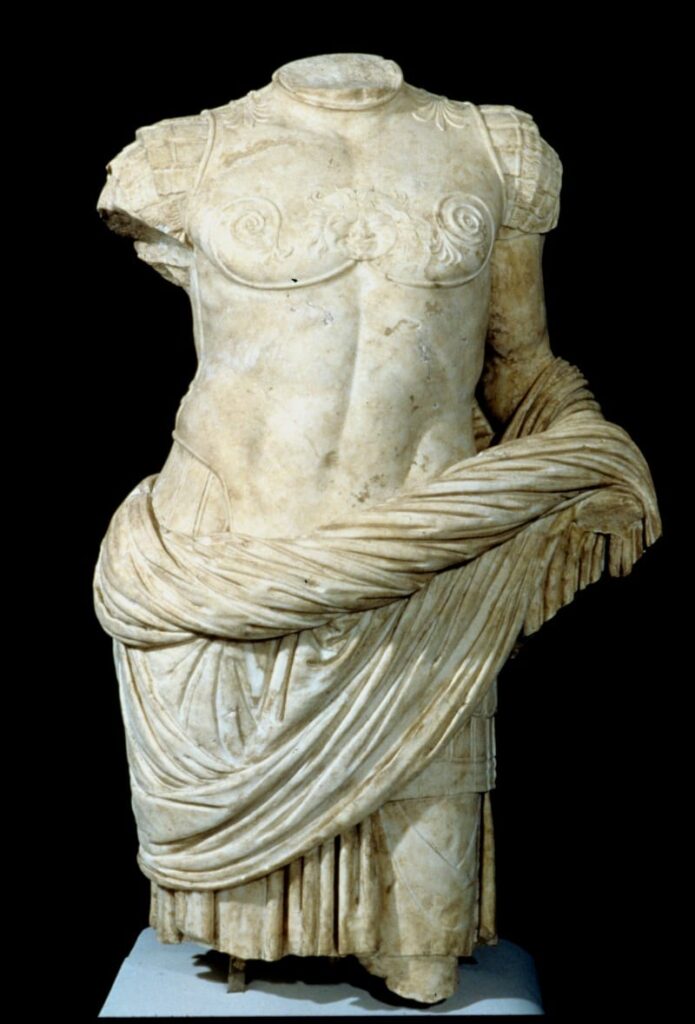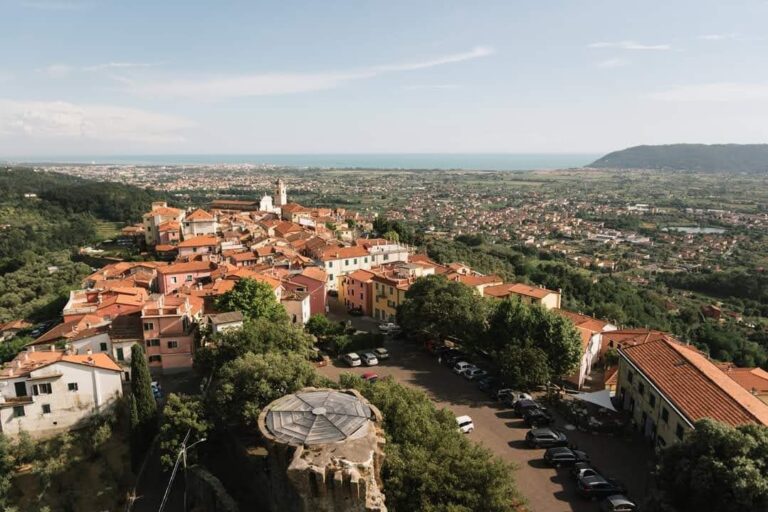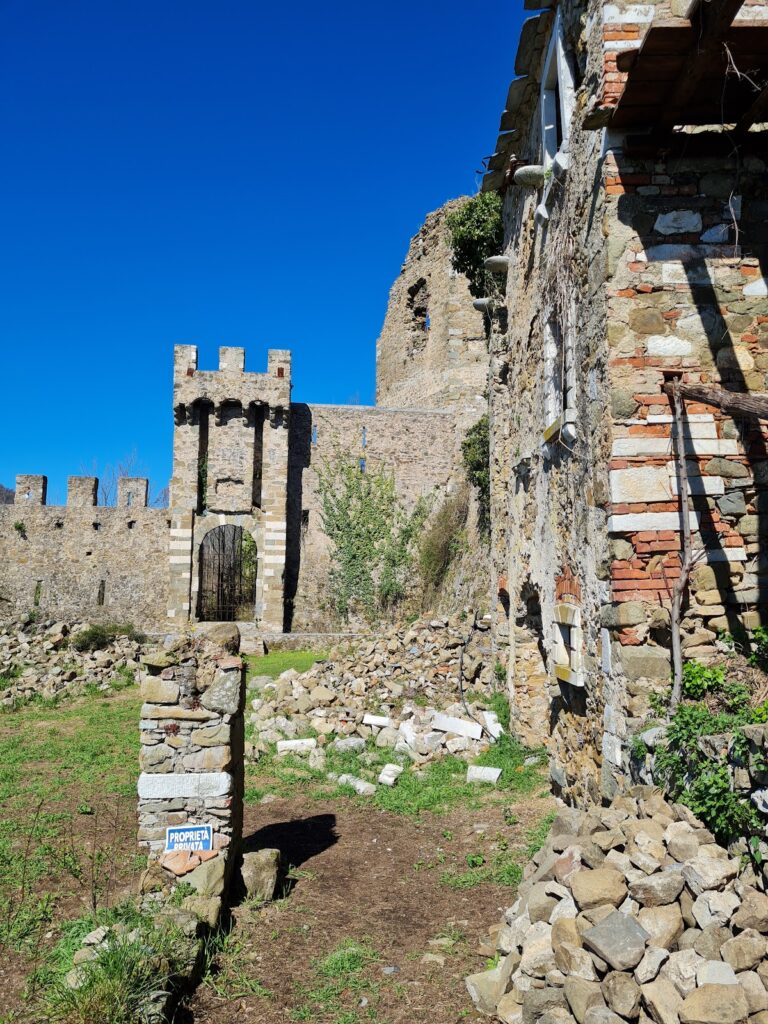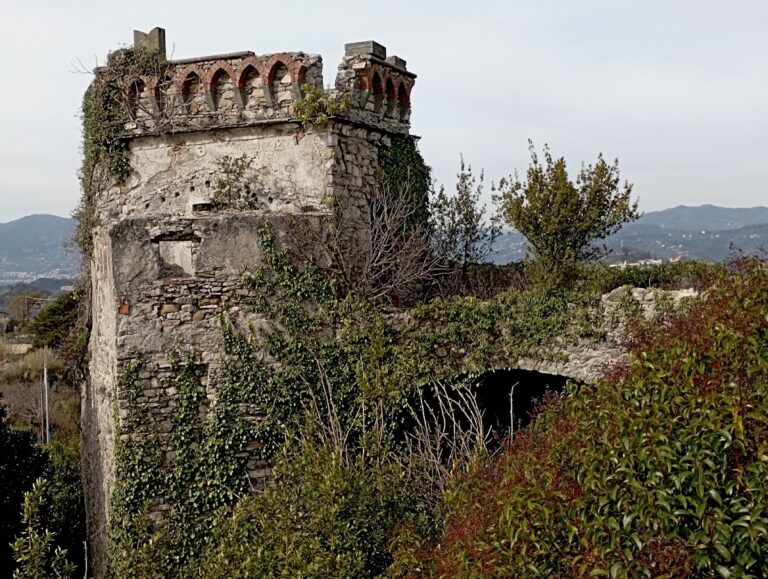Luni: The Archaeological Museum and Area of an Ancient Roman City in Italy
Visitor Information
Google Rating: 4
Popularity: Medium
Google Maps: View on Google Maps
Official Website: luni.cultura.gov.it
Country: Italy
Civilization: Roman
Remains: Museum
History
The National Archaeological Museum and Archaeological Area of Luni is located in the town of Luni, within the province of La Spezia in Italy. The site preserves the remains of the ancient Roman city of Luna, founded during the Roman Republic. Luna was established as a Roman colony and developed into a significant urban center along the Ligurian coast.
The city flourished particularly in the 1st and 2nd centuries AD, when major public buildings and private residences were constructed. During this period, Luna featured important religious structures, including the Capitolium temple dedicated to the Capitoline triad of Jupiter, Juno, and Minerva. Inscriptions from this time record the names of magistrates responsible for the temple’s construction and inspection, indicating organized civic administration.
Luna’s urban life included commercial activities centered around the Forum and its portico, which housed shops and storage facilities. The city also had entertainment venues such as a theater and a large amphitheater built in the 2nd century AD.
Remains
The archaeological area of Luna reveals a well-planned Roman city with a grid layout centered on the Decumanus Maximus, a main east-west street that formed part of the ancient Via Aurelia. The site includes public, religious, and private buildings constructed using typical Roman techniques and materials.
A prominent feature is the amphitheater, dating to the 2nd century AD, which remains well preserved. It served as a venue for public spectacles and is a key element of the archaeological complex. Nearby, the thermal baths and theater also attest to the city’s recreational infrastructure, though their current condition is less detailed.
Religious architecture includes the Capitolium temple, dedicated to the triad of Jupiter, Juno, and Minerva. Decorative elements from the temple include a fragment of Republican-era flooring made of opus signinum, a waterproof mortar composed of crushed tiles. The Great Temple features antefixes, ornamental roof tiles, depicting Artemis Persica.
Several luxurious private homes have been excavated, such as the Domus of the Mosaics, the Domus of the Frescoes, and the Domus of Ocean. These residences display intricate mosaics and frescoes, which have been recovered and are exhibited in the museum.
The epigraphic lapidary section contains marble and bronze inscriptions, including a notable bronze plate naming magistrates linked to the Capitolium’s construction and approval.
The Forum area includes a portico with commercial tabernae, or shops, associated with food distribution. Archaeologists have also uncovered storage facilities designed for perishable goods, illustrating Roman methods of food preservation and refrigeration. These urban features highlight the economic activities that sustained Luna’s population.
Overall, the archaeological remains at Luna provide a comprehensive picture of a Roman city with religious, social, and commercial functions, preserved in situ within the modern museum and archaeological park.










